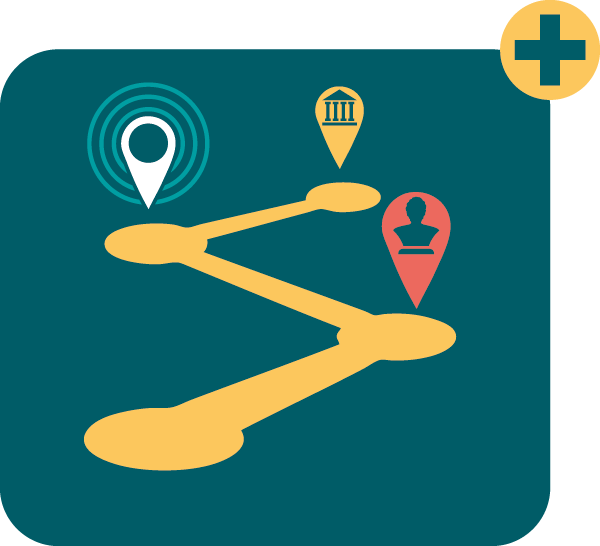Touring in northern Limburg between mills, nature reserves and national borders

GrensPark Kempen~Broek lives up to its name: for it extends not only into Belgian northern Limburg, between Maaseik and Bocholt, but also into Dutch central Limburg, in the area between Leudal, Weert and a bit of Nederweert. As a bonus, there is an additional border crossing to the North Brabant town of Budel. In this border region, MolenNetwerk KempenBroek mapped out the Grensmolenfietsroute.
The area is characterized by beautiful, varied and idiosyncratic natural areas and a lot of special heritage. No grand heritage, such as enormous castles or impressive churches and cathedrals, but heritage that has served the inhabitants of the region for centuries. Examples include entrenchments, chapels, old watering places for cattle or pits for extinguishing fires, old road crosses, beautiful farmhouses and long-fronted farmhouses. But it is above all the many wind and water mills that occupy a very special place. The Grensmolenroute introduces you to nine of these mills. Get on your bike and tour between mills, nature reserves and national borders.
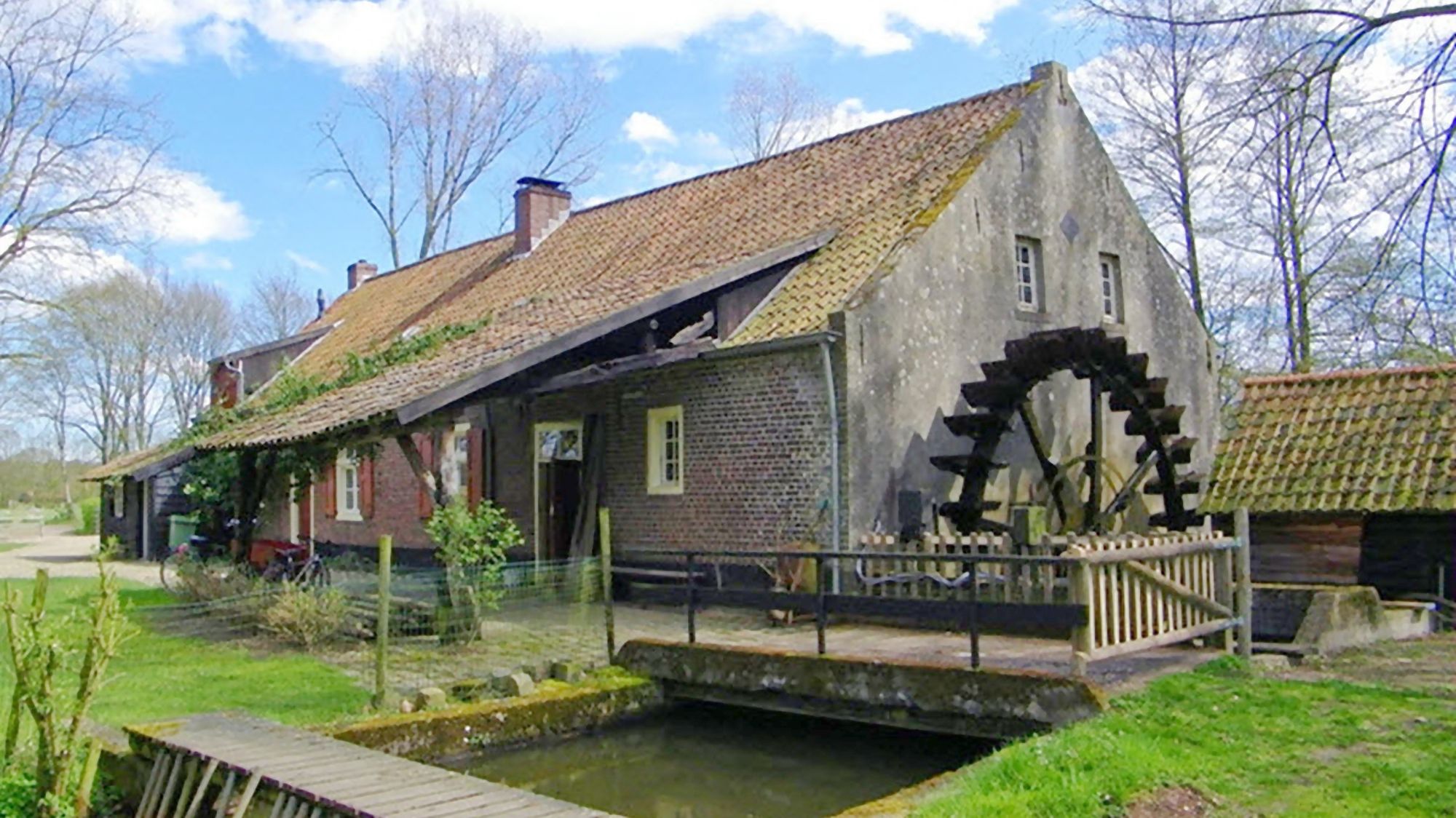
On your 35-kilometer ride between Molenbeersel, Kessenich, Neeritter, Ittervoort and Stramproy, you pass signs again, often without noticing, the Belgian-Dutch border. Along the way you cycle through beautiful natural areas that perfectly illustrate the quirky character of GrensPark Kempen~Broek. One moment you ride through a beautiful wooded area, a few kilometers further you skim along the edges of a swamp or cross a wooded area via a wooden bridge. Until suddenly you are face to face with one of the five water and four windmills that lie like pearls on a string on your route.
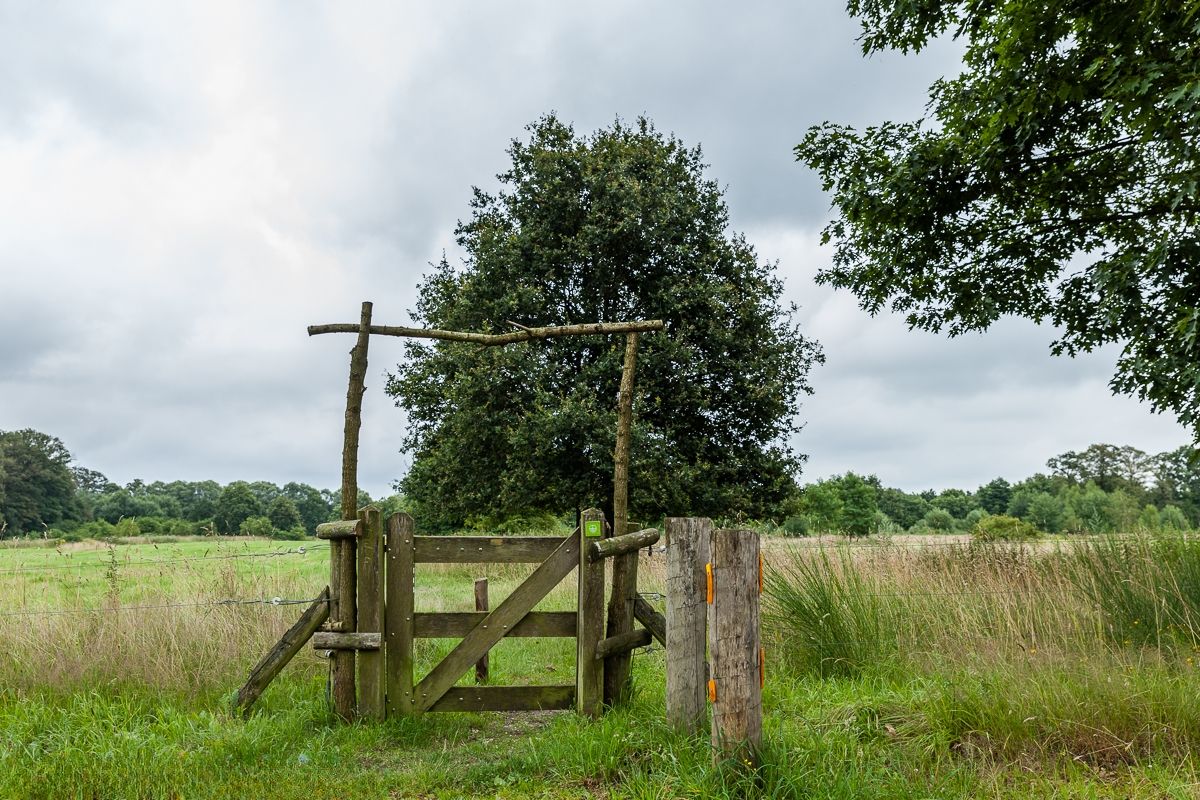
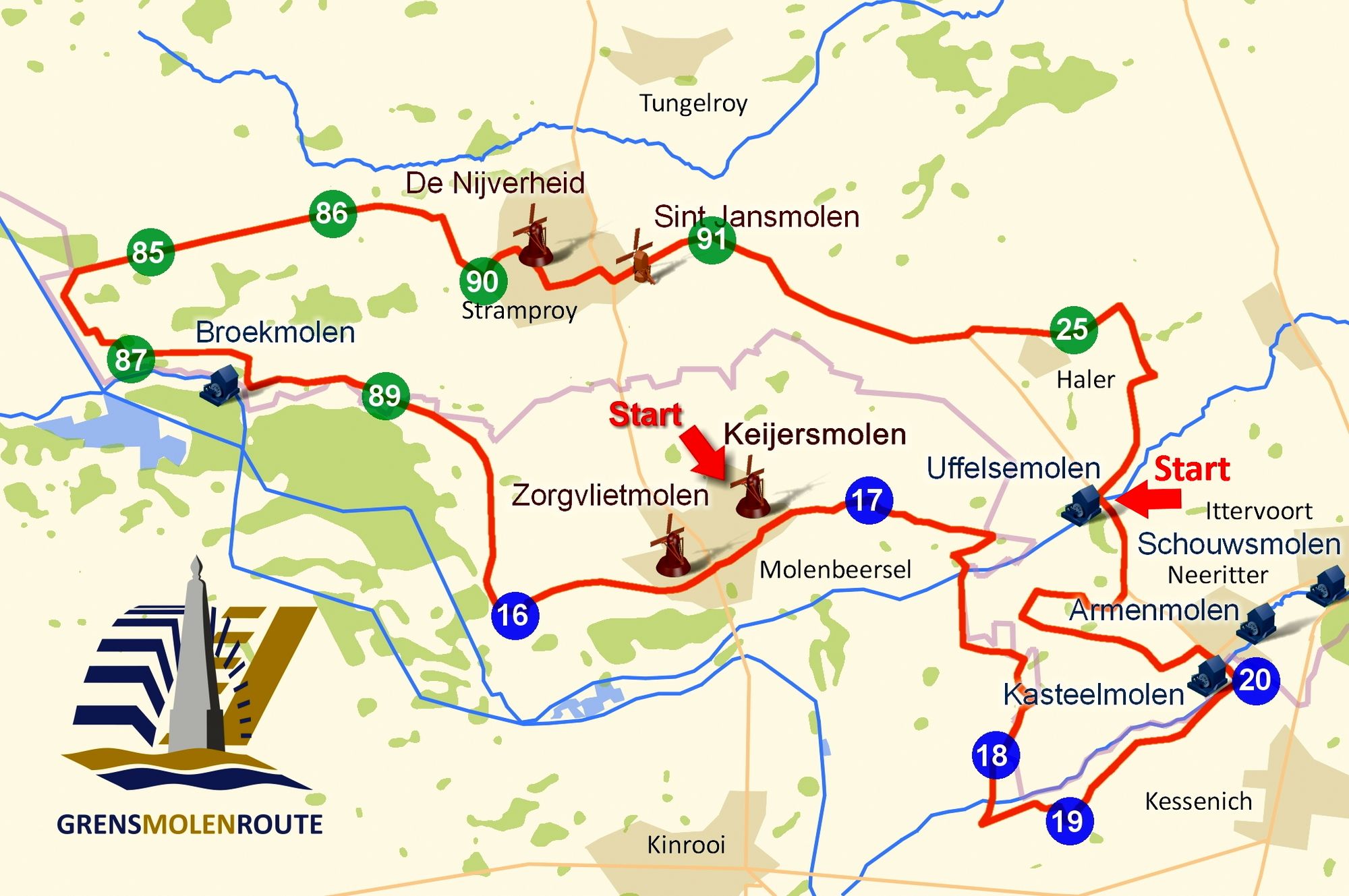
Centuries of history
Every mill on this Grensmolenroute is special and tells a story of sometimes hundreds of years. The water mills in particular have an exceptionally long history that links them together. Piece by piece they have miraculously managed to withstand and defy the challenges that threatened their survival. So even now, in 2023, you can still enjoy this special mill heritage and the stories about the mill and its miller that go with it.
When visiting the mill, the volunteer miller or mill guide will be happy to tell you those stories. Different stories and anecdotes were also included in the ErfgoedApp for each mill. And if the gate of the mill is closed, you can use the ErfgoedApp as a key to the mill gate. Do not expect a long-winded technical summary about the mill but experience a unique and personal mill story. What role did the mill play for the population and the environment? How did people work in production processes that have long since disappeared, such as wool milling for the cloth industry? Through the ErfgoedApp you will learn the answer to these and many other interesting facts and mill anecdotes.
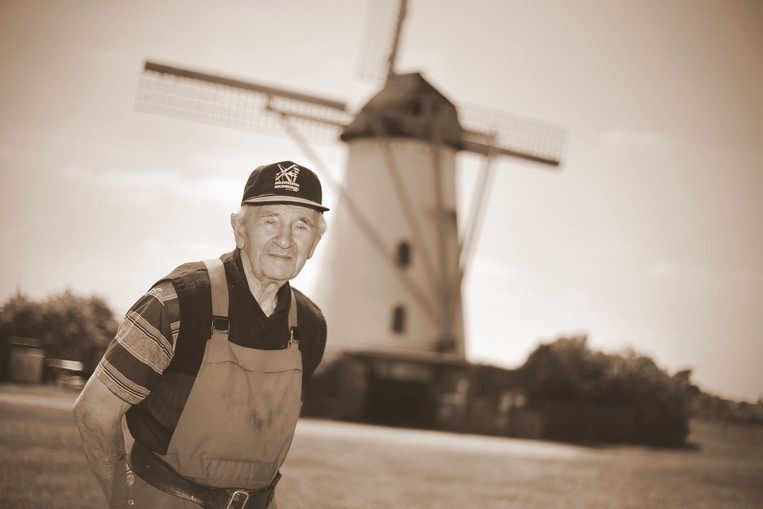
The Miller is the soul of the mill
The Grensmolenroute also introduces you to millers, oh so important to the future of mills. The miller also used to be the soul of the mill. For example, the history of the Keijersmolen in Molenbeersel is closely linked to the Keijers family. Joannes Keijers built this stone windmill, a mountain or bell mill, in 1869 as Molenbeersel's second mill just across the border near Stramproy. In 2015, Joannes Keijers' great-grandson, Theo Keijers, was celebrated as a platinum miller for 70 years at the mill. Theo Keijers owned the mill since 1962 and implemented numerous technical improvements and innovations during his active miller life. He passed away in July 2018 at the age of 86. This close family connection makes the Keijers mill unique in Belgium: the mill always remained the property of one family.
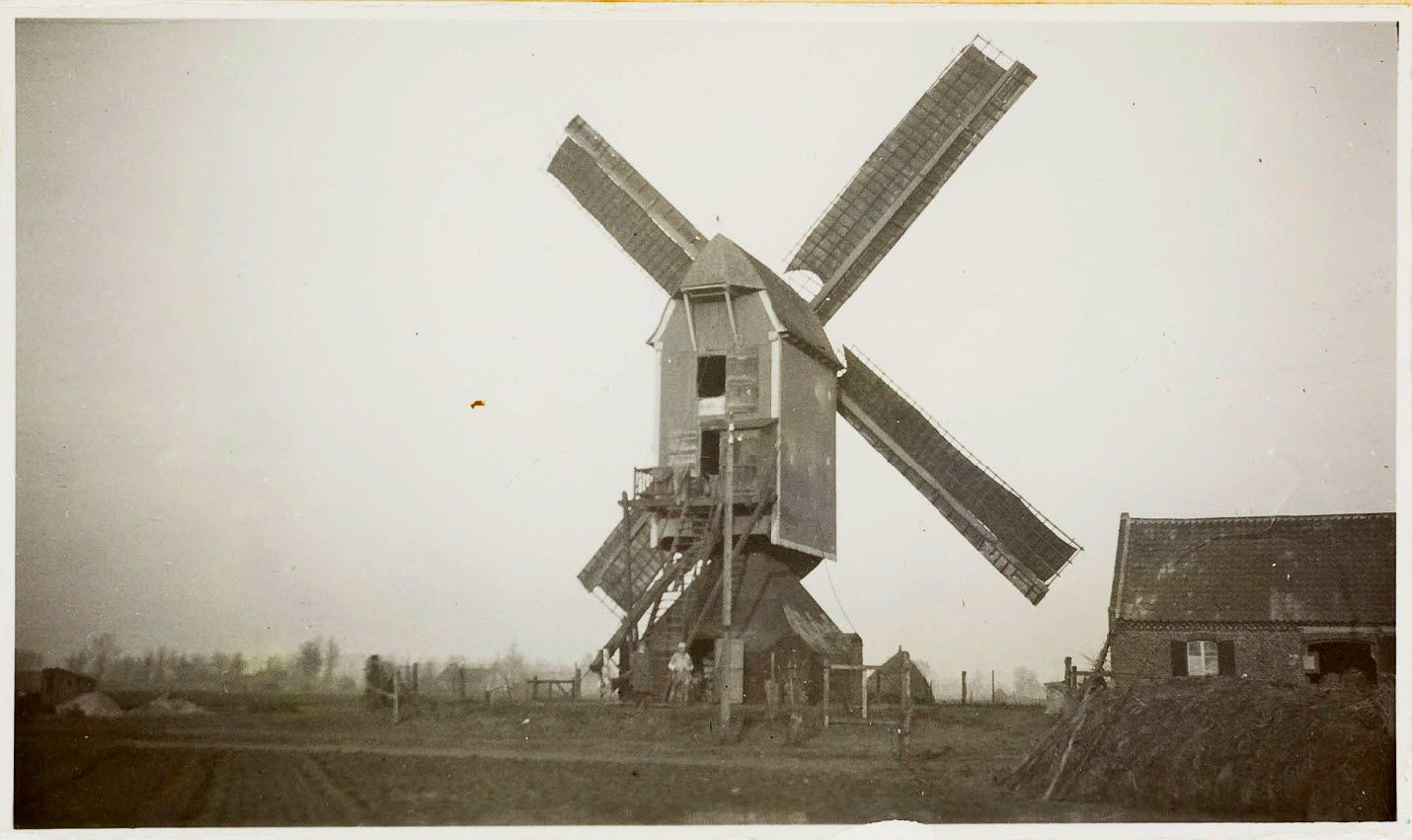
A few kilometers away in Stramproy, the Netherlands, two miller families, the Van de Winkel (Molen Sint-Jan mill) and Nijs (De Nijverheid) left their mark on their mills in a similar way. At mill Sint-Jan, the mill's last professional miller, Lei van de Winkel, is honored with a bronze statue. He opposed the powerful brewing family Maes, owners of the mill, when they wanted to sell the mill to the emerging Boerenbond with the intention of demolishing it. Miller Lei van de Winkel went on strike and eventually won over the brewing family. As a result, the lovely village of Stramproy can now still be proud of the oldest authentic wooden standerd mill whose history dates back to the 16th century.

Five in a row

Mills also used to be able to get in each other's way and be at each other's throats. The stories of discord between millers are therefore numerous. The quarrels often originated in the lack of sufficient water supply at one's own mill because the miller of a mill upstream was impounding for his mill.
Typical of this is the stretch of Itterbeek between Kessenich (B) and Ittervoort (NL). On a strip of just a few kilometers, no less than five water mills lie close together here: the Borchmolen was the uppermost of the five. By the way, the spot where this mill stands is still sung about in the Limburg folk song: 'True in the bronze-green oak'. The other mills, located downstream, are the Armenmolen in Neeritter, the Schouwsmolen and the Luyensmolen in Ittervoort and the vanished Kraekermolen in Thorn. Between the first and the last mill, the decline was only 4.8 meters, so they hindered each other considerably in stowing and grinding. Around 1950, all mills were shut down but the Borchmolen, Armenmolen, Schouwsmolen and Luyensmolen still exist.In recent years, the Schouwsmolen has even been lovingly restored by the current private owner and the mill also turns regularly again. At www.molenagenda.com you can see which mills in the GrensPark are open and can be visited.
Versatile information
Through the ErfgoedApp , MolenNetwerk KempenBoek vzw can also show you facts and trivia about the mills that cannot be shown directly during a visit to the mill. Think for example of old historical film material or old, yellowed and vulnerable newspaper clippings.
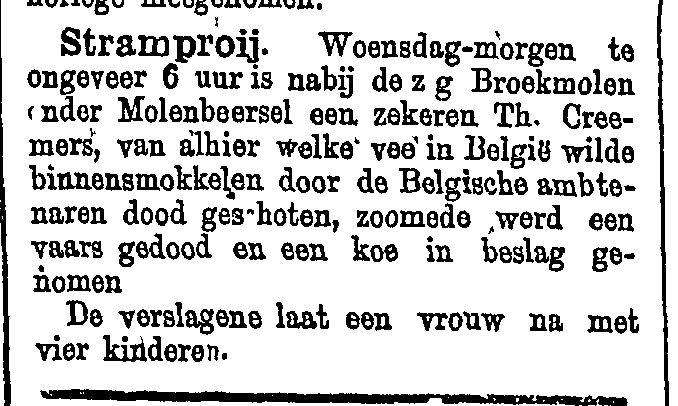
Also noteworthy are the many animations that give you a clear picture about, for example, the construction or operation of the mill, or about the impounding of water in the streams. What does the cap construction of a wooden sixteen-sided bell mill look like on the inside? The Zorgvliet mill used to be one of the few sixteen-sided mills in the region and an impressive animation shows how the construction of such a mill was done. In short, something for everyone.
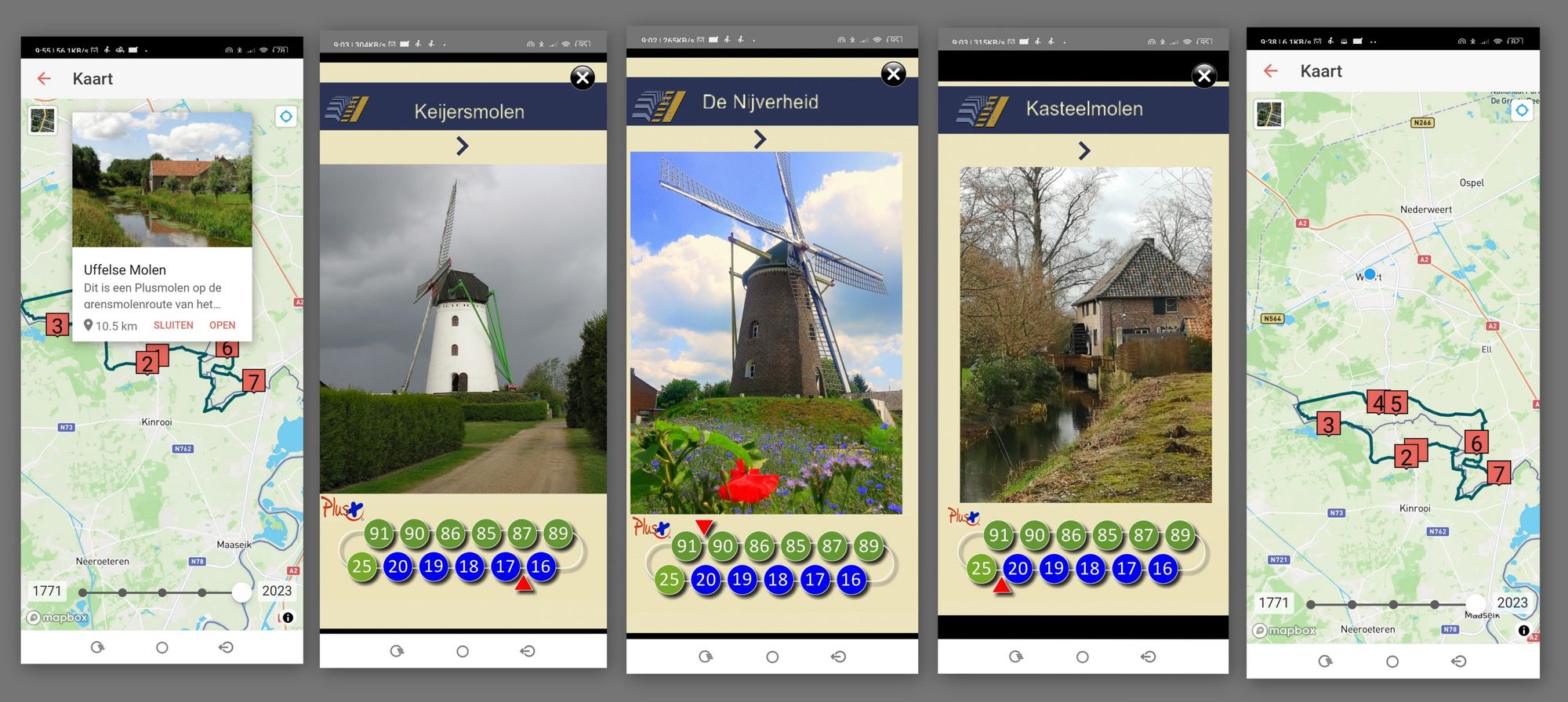

You can cycle the Grensmolenroute in both directions. Ideal starting points are the Keijersmolen in Molenbeersel and the Uffelse Molen in Haler-Uffelse (Leudal). The latter mill also makes a great resting spot, with an attractive leafy mill terrace. Molenbeersel, Stramproy and Neeritter are three villages where there is also much to see, and along the way there are numerous spots in the middle of the beautiful GrensPark Kempen~Broek for a break in full nature. You can also find more about the mills in GrensPark Kempen~Broek and about the cycling routes and walks that MolenNetwerk KempenBroek has mapped out at www.molenfietsen.eu and www.molenlopen.eu.
You can find the Grensmolenroute in the ErfgoedApp via Grensmolenroute | ErfgoedApp.
